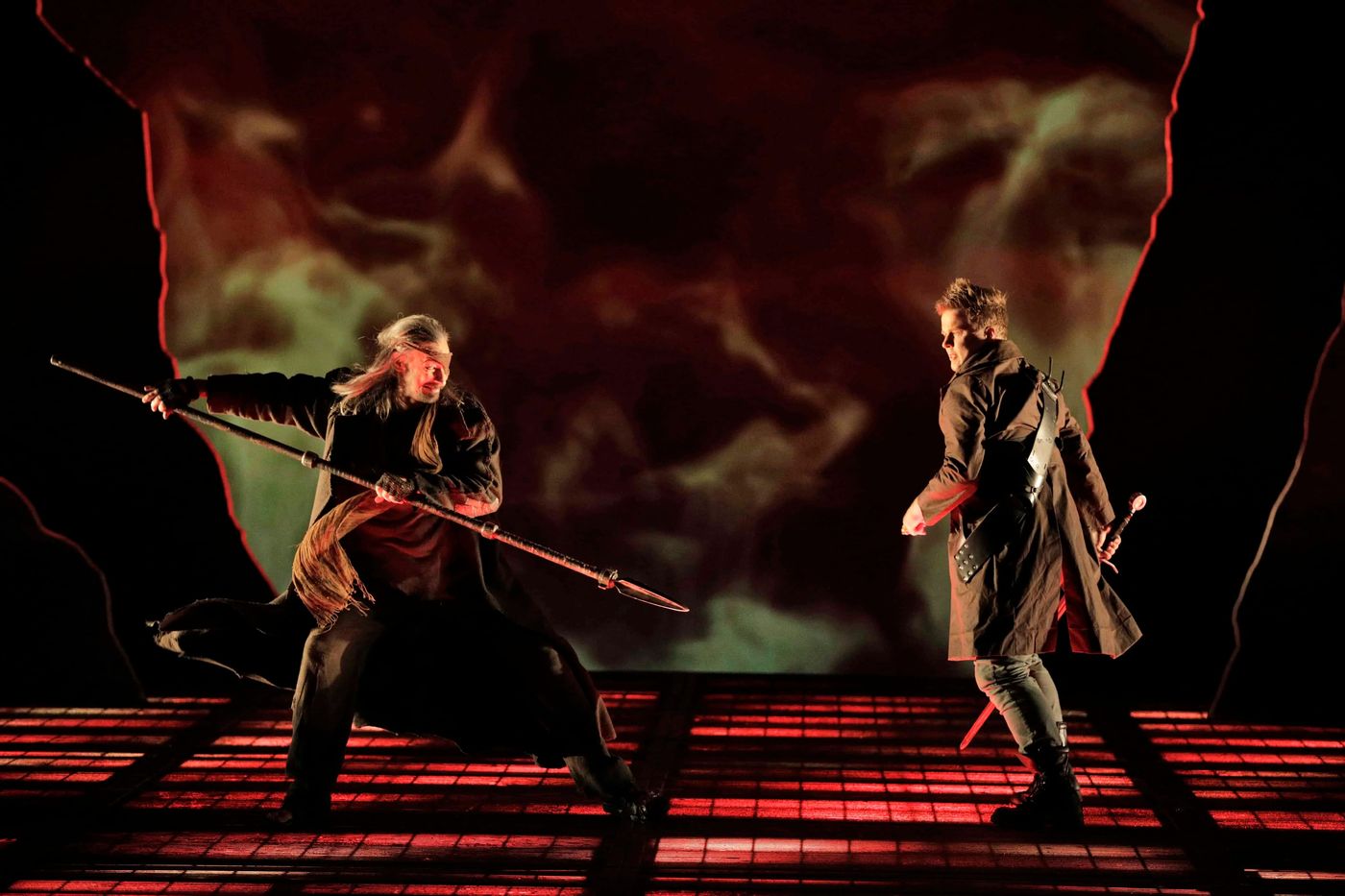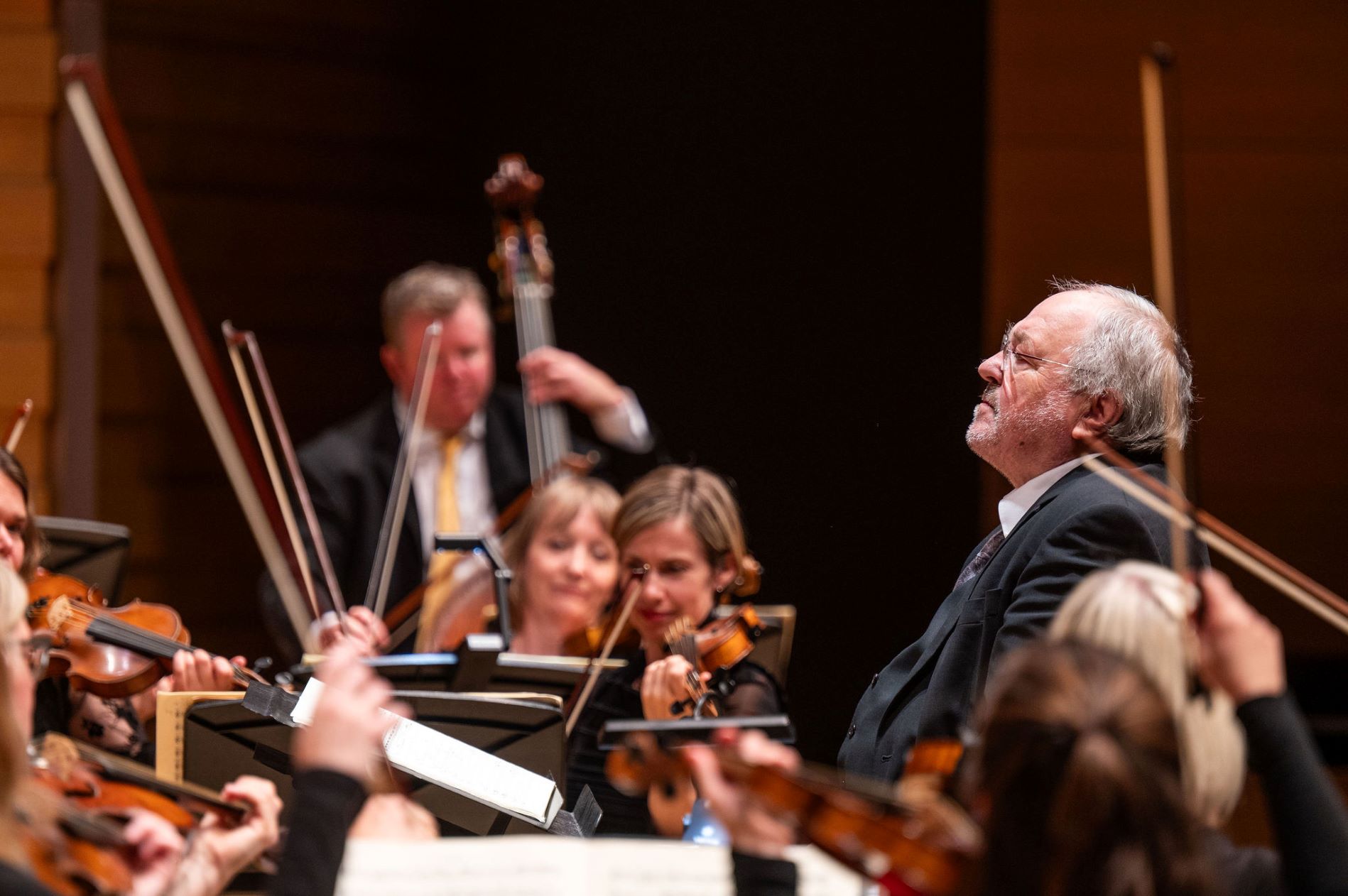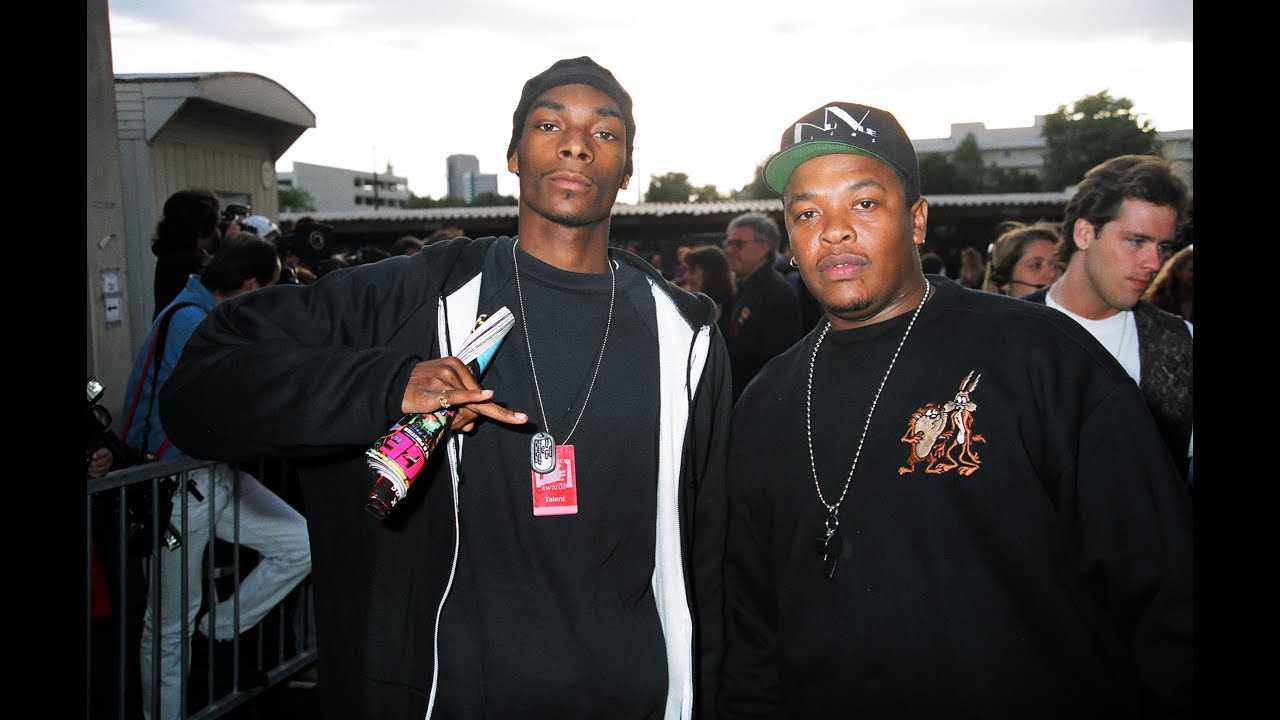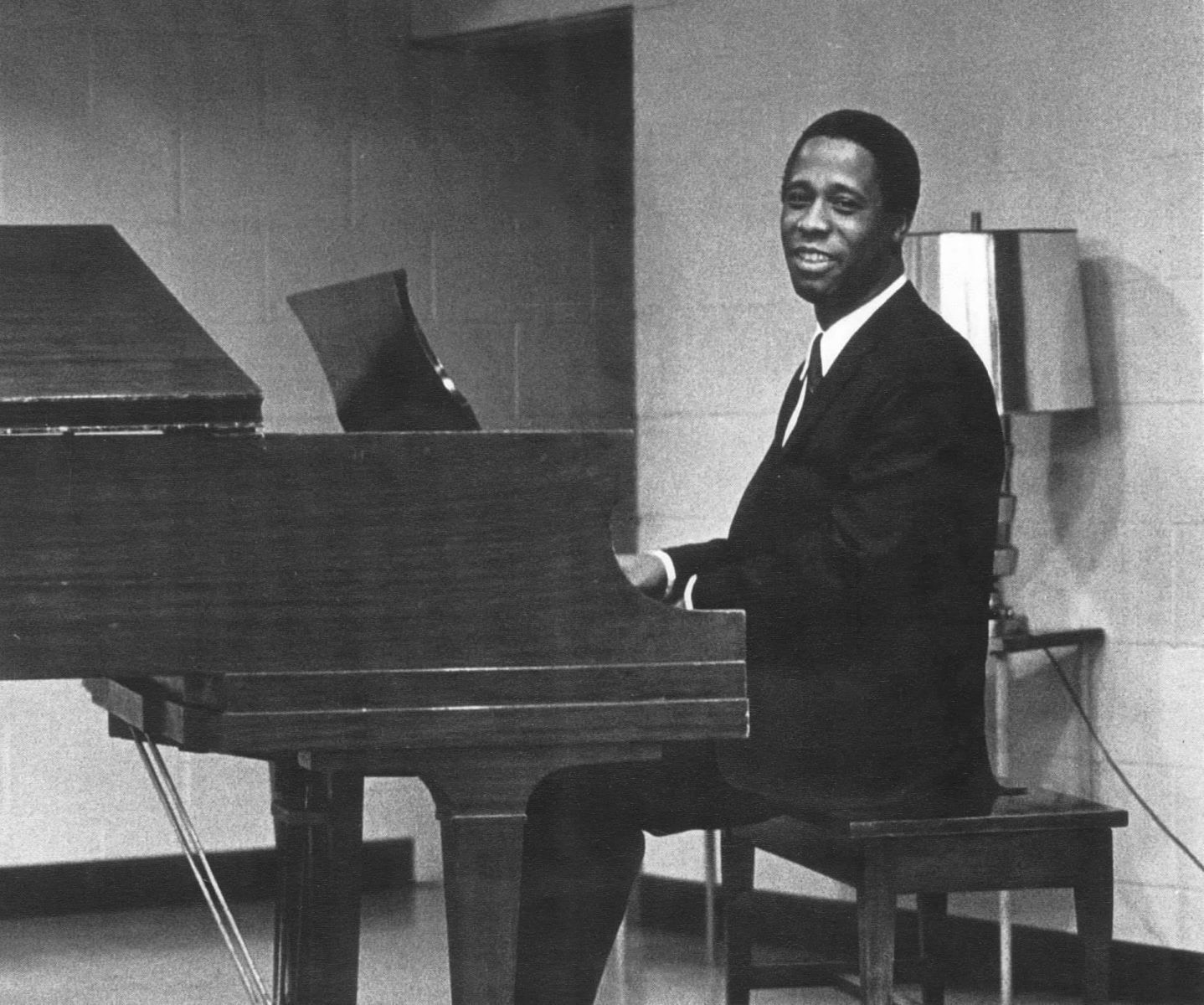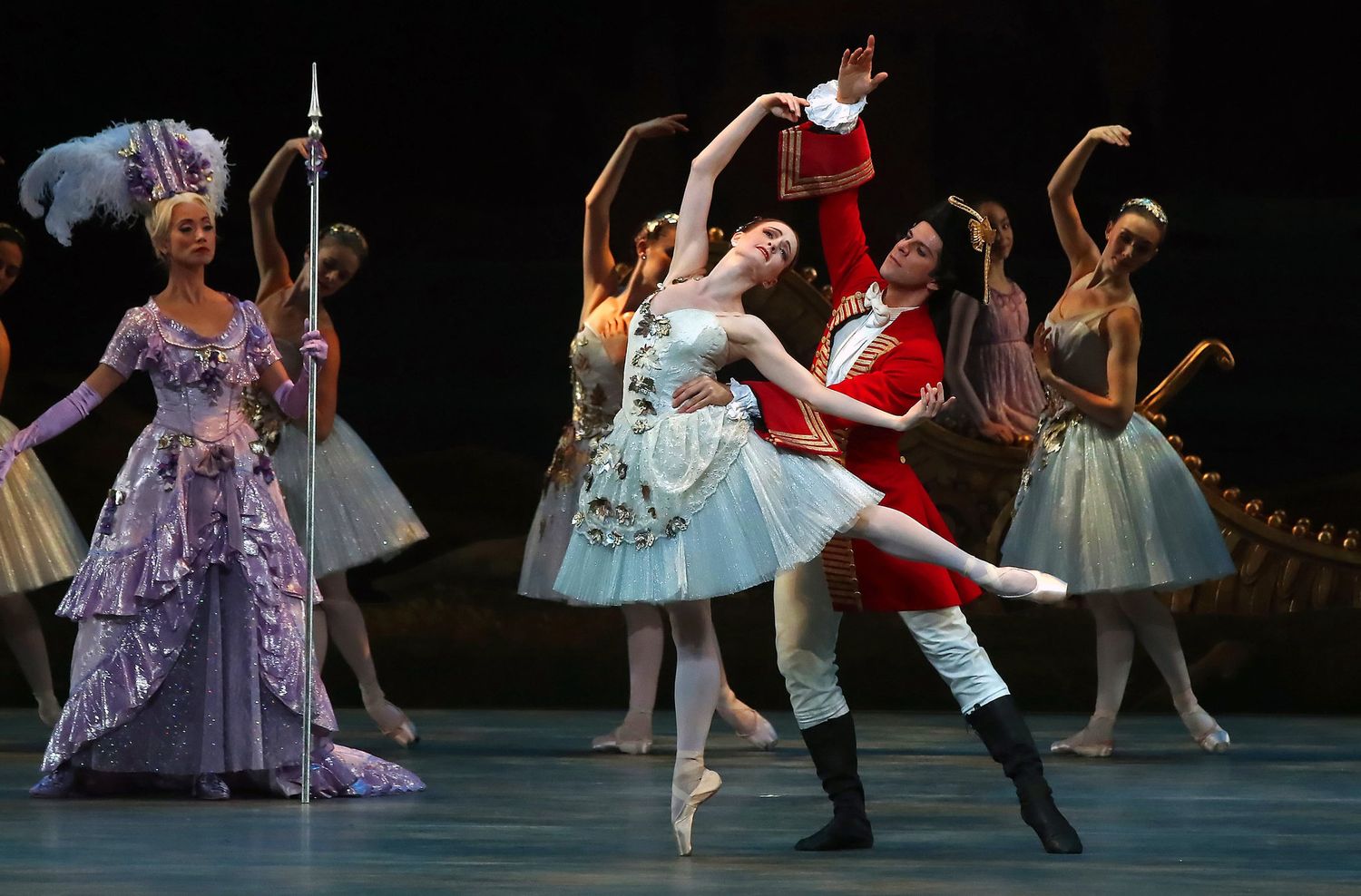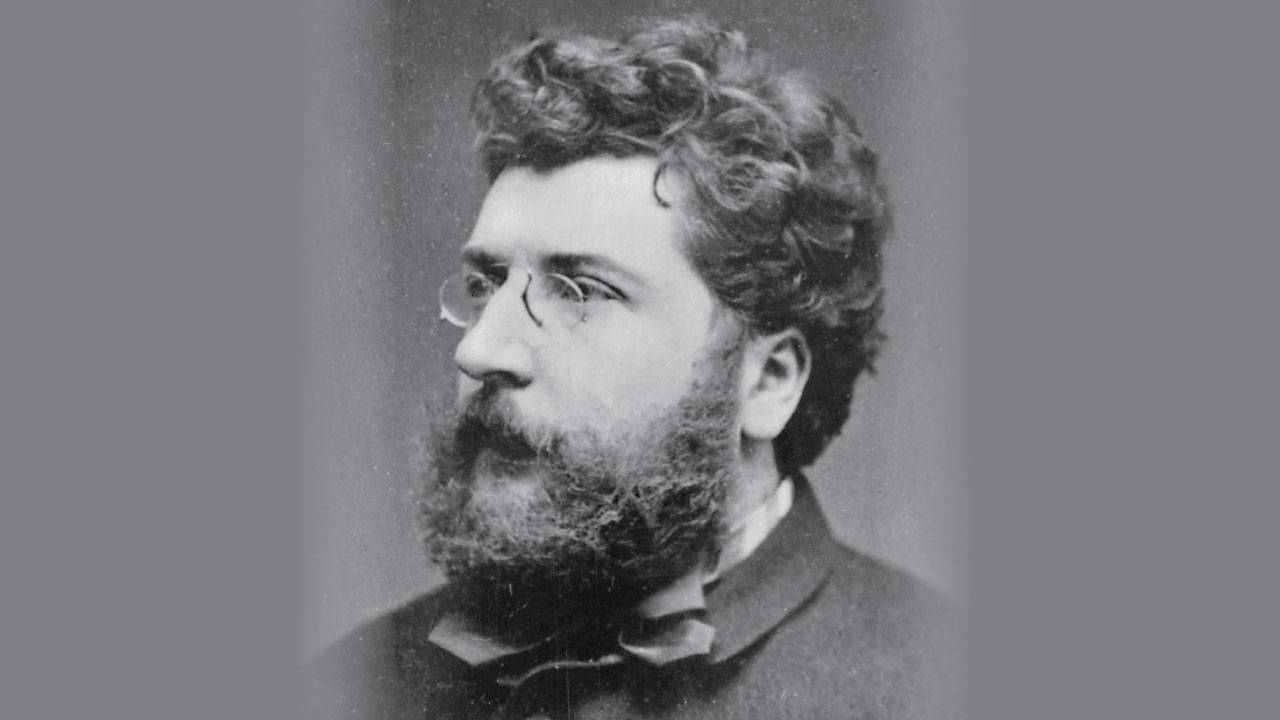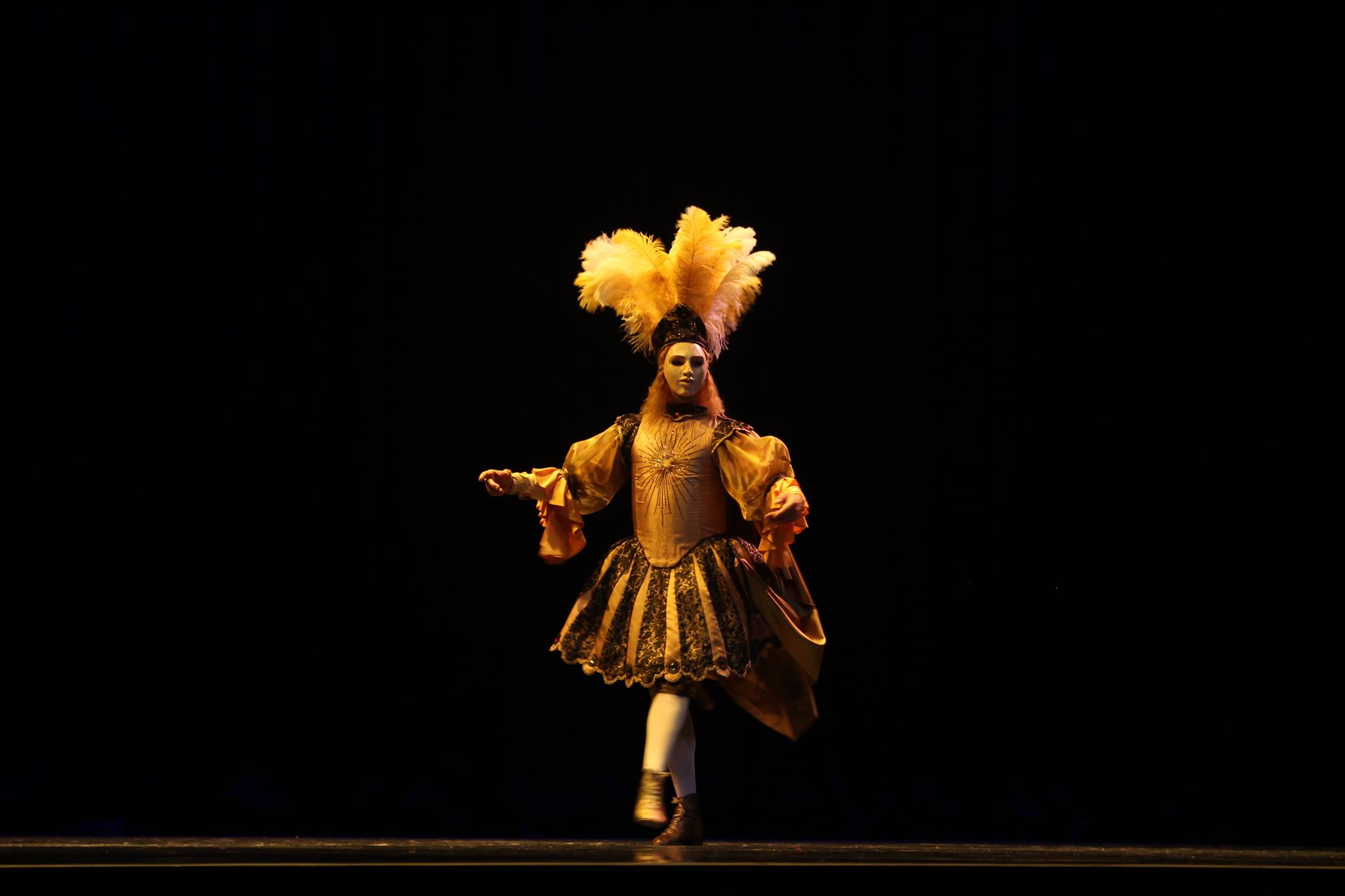Home>Events & Info>Opera>Who Wrote Aida The Opera


Opera
Who Wrote Aida The Opera
Modified: January 22, 2024
Discover the mastermind behind the enchanting opera, Aida. Dive into the rich history of its author and immerse yourself in the captivating world of opera.
(Many of the links in this article redirect to a specific reviewed product. Your purchase of these products through affiliate links helps to generate commission for AudioLover.com, at no extra cost. Learn more)
Table of Contents
Introduction
Opera is an art form that combines music, singing, acting, and theatrical spectacle to create a mesmerizing experience for audiences. Among the many beloved operas in the repertoire, “Aida” holds a special place. This grand opera, with its majestic music and captivating storyline, has captivated audiences around the world for over a century.
But have you ever wondered who wrote “Aida” the opera? The answer to this question involves two key figures in the world of opera: Giuseppe Verdi, the renowned Italian composer, and Antonio Ghislanzoni, the talented librettist. Together, they embarked on a collaborative journey that resulted in one of the most iconic operas in history.
In this article, we will explore the roles of Verdi and Ghislanzoni in the creation of “Aida” and shed light on the controversies and interpretations surrounding the authorship of the opera. So, let’s dive into the story behind the creation of this masterpiece and discover the forces that came together to bring “Aida” to life.
Giuseppe Verdi: The Composer
Giuseppe Verdi, born on October 9, 1813, in Le Roncole, Italy, was one of the most influential composers in the history of opera. Known for his emotionally charged music and powerful storytelling, Verdi revolutionized the genre and became synonymous with Italian opera.
Verdi’s musical genius and ability to capture the depths of human emotions propelled him to great fame during his lifetime. His works, which include famous operas such as “La Traviata,” “Rigoletto,” and “Nabucco,” continue to be performed and celebrated to this day.
Verdi’s compositional style was characterized by its melodic richness, dramatic intensity, and strong sense of rhythm. His music seamlessly blended lyrical passages, powerful choruses, and memorable arias, creating a unique and instantly recognizable sound.
Throughout his career, Verdi had a deep understanding of the power of music to convey the emotional core of a story. He sought to capture the full range of human experience, from love and passion to betrayal and tragedy. Verdi’s operas were not mere entertainments; they were profound artistic expressions that resonated with audiences on a deep level.
Verdi’s ability to create music that perfectly complemented the drama on stage made him an ideal collaborator for librettists. His keen sense of pacing, his gift for melody, and his innovative approach to orchestration allowed him to bring librettos to life, infusing them with his unique artistic vision.
As we delve into the creation of “Aida,” we will see how Verdi’s musical genius played a crucial role in shaping and defining the opera, making it a testament to his unparalleled talent and contribution to the world of opera.
Antonio Ghislanzoni: The Librettist
While Giuseppe Verdi was undoubtedly the mastermind behind the music of “Aida,” the opera wouldn’t have been possible without the genius of Antonio Ghislanzoni, the librettist who provided the words to accompany Verdi’s powerful melodies.
Antonio Ghislanzoni was an Italian poet and writer, born on November 25, 1824, in Lecco, Italy. He is best known for his collaborations with Verdi, particularly for his work on “Aida.” Ghislanzoni possessed remarkable literary skills and a profound understanding of dramatic storytelling, making him the ideal partner for Verdi in the creation of this opera.
Ghislanzoni’s writing style was marked by its poetic and evocative language, perfectly suited for lyrical expression. His ability to craft vivid and emotionally resonant scenes helped bring the characters and the story of “Aida” to life.
Collaborating with Verdi was no small task. The librettist had the challenging responsibility of creating a compelling narrative that would serve as a strong foundation for Verdi’s music. Ghislanzoni succeeded in this by weaving a tale of love, betrayal, and epic struggle against a backdrop of ancient Egypt.
In his libretto for “Aida,” Ghislanzoni masterfully portrayed the internal conflicts and desires of the main characters, including the enslaved Ethiopian princess Aida, the Egyptian military commander Radamès, and the Egyptian princess Amneris. Through his words, Ghislanzoni captured the complexities of their relationships and the emotional turmoil they experienced.
Ghislanzoni’s collaboration with Verdi extended beyond the creation of the libretto. He worked closely with the composer, ensuring that the text and the music seamlessly merged to create a cohesive and powerful experience for the audience. Their partnership was marked by mutual respect and a shared vision for bringing “Aida” to fruition.
Thanks to Ghislanzoni’s exceptional poetic abilities and his profound understanding of dramatic storytelling, the libretto of “Aida” stands as a testament to his contribution to the opera. His words continue to resonate with audiences, adding depth and meaning to Verdi’s magnificent score.
The Collaboration: Verdi and Ghislanzoni
The collaboration between Giuseppe Verdi and Antonio Ghislanzoni in the creation of “Aida” was a meeting of two artistic minds. Verdi’s musical genius and Ghislanzoni’s poetic prowess came together to form a powerful partnership that would shape the opera into the timeless masterpiece it is today.
Verdi and Ghislanzoni shared a deep appreciation for dramatic storytelling and a commitment to creating emotionally impactful experiences for their audiences. Their collaboration began with Verdi’s invitation to Ghislanzoni to write the libretto for “Aida” after the composer had been inspired by the subject matter.
As the project progressed, Verdi and Ghislanzoni engaged in a constant exchange of ideas, discussing the characters, the plot, and the overall direction of the opera. Verdi relied on Ghislanzoni’s expertise in crafting powerful and poetic texts, while Ghislanzoni looked to Verdi for guidance on how to adapt his words to fit the music.
The two artists had a deep mutual respect for each other’s talents and worked tirelessly to ensure that their artistic visions aligned. Verdi composed the music with utmost care, allowing the emotions of the characters to dictate the musical themes, while Ghislanzoni crafted the libretto to harness the full dramatic potential of the story.
It is worth noting that the collaboration between Verdi and Ghislanzoni was not without its challenges. They faced disagreement and compromise along the way, as is common in any artistic partnership. However, their shared dedication to the creation of a powerful and emotionally resonant opera triumphed over any obstacles.
Verdi and Ghislanzoni’s collaboration ultimately resulted in a seamless blending of music and words, with the libretto serving as the foundation for Verdi’s masterful composition. Together, they succeeded in creating an opera that showcased their respective talents while delivering a compelling and immersive experience for audiences.
The collaboration between Verdi and Ghislanzoni exemplifies the power of artistic synergy. By combining their unique skills and perspectives, they brought “Aida” to life, solidifying their places in the annals of opera history as two brilliant minds who created a timeless masterpiece.
Creating “Aida”: The Opera’s Development
The development of “Aida” was a labor of love, with Giuseppe Verdi and Antonio Ghislanzoni pouring their hearts and souls into the creation of this grand opera. The process of bringing “Aida” to the stage involved a meticulous attention to detail and a deep exploration of the opera’s themes, characters, and music.
Verdi and Ghislanzoni embarked on an extensive research journey to ensure historical accuracy and cultural authenticity in their depiction of ancient Egypt. They delved into ancient Egyptian history and mythology, drawing inspiration from the rich tapestry of the civilization to create a vibrant and immersive world on stage.
Verdi, known for his perfectionism, carefully considered each musical motif, ensuring that it captured the essence of the characters and the emotional depth of the story. His process involved countless revisions and refinements, as he continuously sought to elevate the impact and beauty of the music.
Ghislanzoni, equally meticulous in his approach, took great care in crafting the libretto. He expertly weaved together themes of love, loyalty, and sacrifice, while also exploring the conflicted nature of the characters. His words breathed life into the story, capturing the essence of the human experience.
While the opera was in development, Verdi and Ghislanzoni frequently consulted with each other, often engaging in detailed discussions about the plot, character motivations, and thematic nuances. Their collaboration went beyond mere words and notes; it was a deep exploration of the human condition and the power of art to convey it.
The orchestration of “Aida” was a significant aspect of the opera’s development. Verdi drew upon a wide range of instruments, utilizing the full palette of sounds to enhance the emotional impact of the music. From the triumphant brass fanfares to the tender strings and haunting woodwinds, Verdi’s orchestration was a symphony of emotions.
The development process of “Aida” was a journey of creativity, dedication, and artistic vision. Verdi and Ghislanzoni pushed the boundaries of opera, exploring new depths of storytelling and musical expression. Their collaboration resulted in an opera that was both grand and intimate, captivating audiences with its beauty and emotional resonance.
The Premiere of “Aida” and Its Success
The premiere of “Aida” took place on December 24, 1871, at the Khedivial Opera House in Cairo, Egypt. The opera was commissioned to celebrate the opening of the Suez Canal and was a grand spectacle that showcased the combined genius of Giuseppe Verdi and Antonio Ghislanzoni.
The premiere of “Aida” was a highly anticipated event, with an audience composed of dignitaries, royalty, and opera enthusiasts from around the world. The sheer scale of the production, with its elaborate sets, stunning costumes, and large cast, added to the excitement and anticipation.
From the very first notes of the overture, it was clear that “Aida” was something extraordinary. Verdi’s music, combined with Ghislanzoni’s powerful libretto, transported the audience to ancient Egypt, immersing them in a story of love, jealousy, and sacrifice.
The premiere of “Aida” was a resounding success. The audience was captivated by the grandeur of the production and the emotional depth of the music. Verdi’s powerful melodies and stirring choruses, combined with Ghislanzoni’s evocative words, resonated with the audience, eliciting cheers and thunderous applause.
Following its premiere, “Aida” quickly gained popularity and established itself as one of Verdi’s most beloved works. It received numerous productions in opera houses across Europe and beyond, captivating audiences with its mesmerizing music and compelling storyline.
One of the reasons for the opera’s success was its universal themes that transcended time and culture. The story of forbidden love, conflicting loyalties, and the ultimate triumph of the human spirit resonated with audiences of all backgrounds.
“Aida” also benefited from the advancements in technology and stagecraft during its time. The use of elaborate set designs, realistic costumes, and innovative lighting techniques added to the visual spectacle of the opera, further enhancing the audience’s experience.
Over the years, “Aida” has continued to be a staple in the opera repertoire. Its timeless music, unforgettable arias, and powerful ensembles ensure its enduring popularity. Each performance of “Aida” is a testament to the enduring legacy of Verdi and Ghislanzoni, and their ability to create an opera that captivates and moves audiences to this day.
Controversies and Interpretations of Authorship
Throughout the years, there have been controversies and debates surrounding the authorship of “Aida.” While it is widely recognized that Giuseppe Verdi composed the music and Antonio Ghislanzoni wrote the libretto, there are differing opinions on the extent of each artist’s contribution and the division of creative responsibilities.
Some critics argue that Verdi’s influence on the opera outweighs Ghislanzoni’s, asserting that Verdi’s music is the true heart and driving force of “Aida.” They contend that Ghislanzoni’s libretto, while skillfully crafted, primarily serves as a vehicle for Verdi’s musical brilliance.
On the other hand, proponents of Ghislanzoni emphasize the power and depth of his libretto, highlighting the way his words shape and enhance Verdi’s music. They argue that Ghislanzoni’s lyrical and evocative text is essential to the emotional impact of the opera.
It is important to note that Verdi and Ghislanzoni worked closely together throughout the creative process. Their collaboration was marked by a constant exchange of ideas, with each artist influencing and inspiring the other. Verdi’s musical ideas often influenced the structure and flow of Ghislanzoni’s libretto, while Ghislanzoni’s text provided the emotional guidance and context for Verdi’s music.
Ultimately, the true authorship of “Aida” lies in the synthesis of Verdi and Ghislanzoni’s creative talents coming together to create a unified artistic vision. It is the combination of Verdi’s music and Ghislanzoni’s libretto that gives “Aida” its timeless and transformative power.
Moreover, the interpretation of authorship varies among different productions and performances of “Aida.” Directors, conductors, and performers often imbue their own artistic interpretations into the opera, adding nuances and layers of meaning that might diverge from the original intentions of Verdi and Ghislanzoni.
Despite the controversies and varying interpretations of authorship, what remains undeniable is the impact and enduring legacy of “Aida.” The opera’s profound storytelling, sumptuous music, and universal themes continue to captivate audiences, transcending debates over authorship and reminding us of the power that lies within the synergy of exceptional creative minds.
Conclusion
“Aida” stands as a testament to the collaborative genius of Giuseppe Verdi and Antonio Ghislanzoni. Their partnership resulted in an opera that has become a cornerstone of the operatic repertoire, captivating audiences around the world for generations.
Verdi’s musical genius, marked by his emotive melodies and powerful orchestrations, merged seamlessly with Ghislanzoni’s poetic and evocative libretto to create a work of art that transcends time and culture.
The creation of “Aida” was a labor of love and a testament to the creative process. Verdi and Ghislanzoni’s collaboration exemplified the power of artistic synergy, as they worked together to shape every aspect of the opera, from its historical accuracy to its emotional depth.
The success of “Aida” cannot be solely attributed to one individual. Rather, it is the result of the combined talents and contributions of Verdi and Ghislanzoni, as well as the countless performers, directors, and musicians who have brought the opera to life on stage throughout the years.
While debates may persist regarding the extent of each artist’s contribution and the division of authorship, what remains clear is the enduring legacy of “Aida.” Its timeless story, exquisite music, and universal themes continue to captivate and move audiences, solidifying its place as one of the greatest operas ever created.
As we immerse ourselves in the world of “Aida,” we are transported to a realm of passion, love, and sacrifice. We witness the power of collaboration and the profound impact that art can have on our lives. Verdi and Ghislanzoni have left behind a masterpiece that will continue to inspire and awe for generations to come, reminding us of the boundless possibilities that emerge when exceptional talents unite in the pursuit of artistic greatness.

